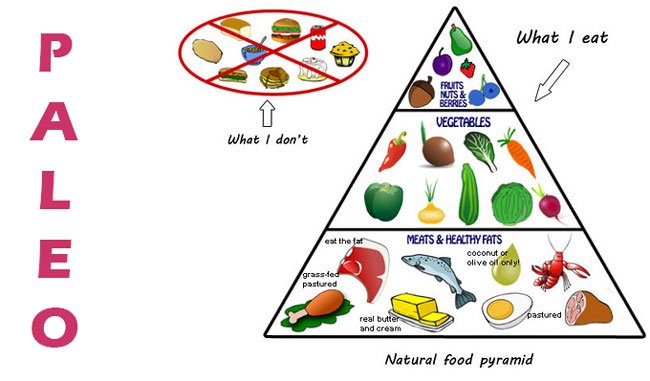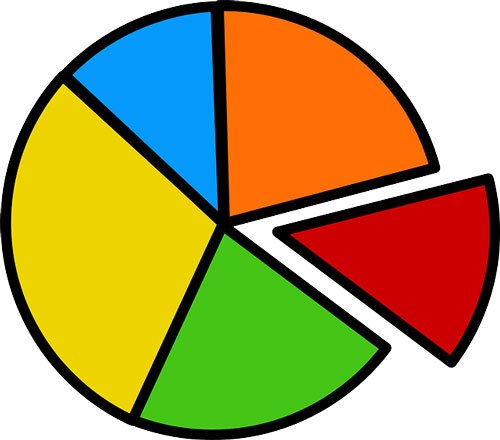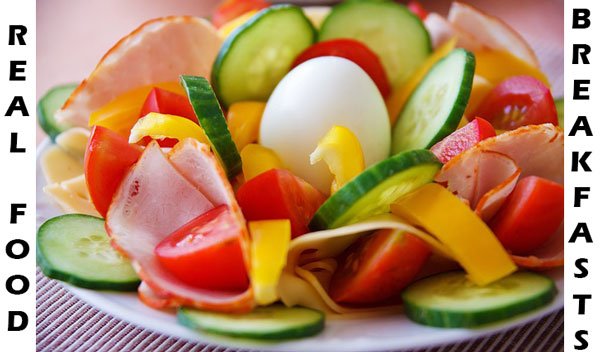I’m not a great believer in guilt, I’d much rather you enjoy what you eat, whatever it may be. So if you want to change your diet, or even just think you might, read on for some help. But if you know deep down inside that you’re not going to be changing, go away and read something else more entertaining, with my blessing.
First up, if you’re not clear on exactly what a Paleo diet is, check out my post that gives an overview on it. Also check out other articles under #paleo where we’re aiming to gather together some great Paleo authors and share lots of useful info.

Do you like to jump in at the deep end? Or start with one toe?
Dietary changes are both physiological and deeply emotional. None of my clients want to change their diets, but by the time they come to me, they know they need to.
So usually I recommend a process of gradual change. Make one small change. Then when that becomes habitual or at least comfortable, make another. This makes each change easier to integrate. It also means that however far you go with your changes, you will get some benefit. Changing 20% is better than trying to change 100% and failing.
But if you’re the type who wants to make all the changes now, or if you’re so ill you need to go 100% quite quickly, I’ve got some extra guidelines for you in the next post.
100% vs the 80/20 rule
Some of you will need to go 100%, at least for a while. But for many people, getting your diet 80% right will be enough. But however far you go, you’ll get no judgement from me. If you change 20% and that’s all you can do, you’ve still made an improvement.
100% “Real Food” is going to give you the best physical result, so if you can go that far without too much emotional stress, that is always best.

A warning about “Withdrawal”
When you stop eating sugar, or any other foods you are addicted to, they will fight back. Some of them may be foods you had no idea you were addicted to. So don’t get discouraged if you get unbearable cravings for something you’d given up and fall off the wagon. Tomorrow is another day
Step 1 – Keep a journal
No really, hear me out. When you start eating real food, things will change. But if you don’t remember your starting point, you might not notice. So I strongly encourage you to buy an exercise book (or a pretty journal) and keep a food dairy.
The first page will be a complete list of your current symptoms, including how severe they are. Also note down your weight and measurements, if that is an issue for you. Ask your doctor for a full set of any test results he/she may have.
Then each day, keep a record of what you eat and drink, your exercise, your supplements, and any stress you might have. On the other side of the page, record your results. How do you feel? How is your sleep, bowel movements, energy, old symptoms?
One day, you may wake up and realise a good portion of your old symptoms have gone. If not, your journal will help you figure out what else needs to change.

Step 2 – What help do you need?
Talk to the other members of your household, and ask them to help you. This may be:
• Changing their diet as well
• Eating real foods when at home, to keep you company, but eating whatever they want elsewhere
• Or at the very least, keeping foods that will make it hard for you somewhere out of sight
If you are changing a child’s diet, I strongly recommend that the whole family eats like them at home. It helps them to be compliant if they don’t feel left out all the time.
Think logistics.
Have you got all the equipment you might need? (See my post on equipment for the real food kitchen.) Do you know where to source the foods you’ll need?
Use the Steemit community.
State your intention so others can support you. Keep an eye on the #paleo feed for helpful recipes and articles, and follow people whose approach you like. If you want to go completely grain free – two good people to follow for recipes are @rebeccaryan and me! If you’re not going grain-free, or at least not for a while, you could also follow @woman-onthe-wing. There are other good recipe sources too, but these ones will get you started.
Plan ahead
If you like to plan, you can plan your week’s menu up front. This is enormously helpful for making sure you always have what you need. If you hate to plan, aim to at least know what you’re going to have for the next day or so.
Step 3 – Make the first change.
One thing I always tell my clients is – don’t throw away the crutch till you know how to walk. In other words, add in better foods before trying to give up anything. So whatever change you choose to make first, approach it from the angle of trying new foods, rather than not being allowed something.
There are lots of different changes you can make, and I’ll go through a lot more next time. But today I’m going to suggest you experiment with some new breakfasts. And by breakfast I just mean your first meal of the day, whether it’s at 6am or midday.

In our western culture, breakfast is often high carb foods like toast, cereal, pancakes, juice or fruit. This sets us up for blood sugar swings right from our first meal. Start thinking about how you can add some protein and fat into your breakfast.
That might be adding an egg or two, or a couple of slices of bacon. In keeping with whole food principles, I’d suggest you go for free range for both of these.
Or it might be a smoothie.
This post is already long enough, so I’m going to send you across to my post full of Real Food Breakfast ideas now.
Thanks for reading and let me know how you get on
The Paleo food pyramid is in a few places but although I can’t find it there, I think it first came from Mark Sisson of www.marksdailyapple.com. The rest of the pics are from Pixabay.
Follow me for more health, nutrition, food, lifestyle and recipe posts.

[I offer one on one nutritional coaching or EFT (Emotional Freedom Technique) sessions by Skype. Bitcoin, Steem or Paypal accepted. Contact me in Discord or SteemitChat.
Some of my previous NUTRITION posts:
• The wide variety of healthy diets out and what they have in common
• The travels of Weston A Price and his discoveries about healthy diets
• Good fats vs bad fats
• DNA testing for better Health & Fitness
• DNA testing part 2: How Well Do I Digest Carbs?
• DNA testing Part 3: I can’t eat Carbs & How to Manage that
• About the Gut & Psychology syndrome (GAPS) diet Part 1 – Can it help autism?
• GAPS diet Part 2: Foods we can’t have
• GAPS diet Part 3: Foods we CAN have
• GAPS diet Part 4: What if I can’t eat some animal foods
• Salicylate intolerances
• Introduction to the Paleo diet
RECIPES AND KITCHEN TIPS:
• Choc Blackcurrant Smoothie
• Paleo Cottage Pie
• Feijoa Pear Smoothie
• Grain free, dairy free Pumpkin & Cashew Bread
• Tip for storing ginger & tumeric
• Grain Free Banana Cashew muffins
• Warming winter soup
• Breakfast ideas
• Healthy Chocolate & Fudge
• Jerky with vegetables
• Choco-mallow protein bars
• Equipment for the real food kitchen
• Carrot Almond bread
• Grain free Fruit & Nut bar
• Vegetable muffins
• Finger food for a gathering
• Real food ideas for snacks and road trips
• Grain free cheese muffins
• Best ever (and easiest) Christmas cake
• Orange Cranberry Xmas Breakfast Muffins
• Festive smoothies for Xmas morning
• Crisp & crunchy Xmas cheese stars
• Xmas menu ideas
• Planning your holiday eating to be a bit more balanced
• For MORE RECIPES and my 15 step Whole Food cooking course, see my recipe website.


